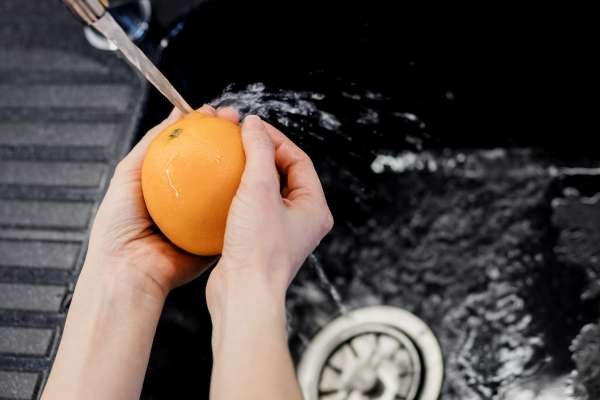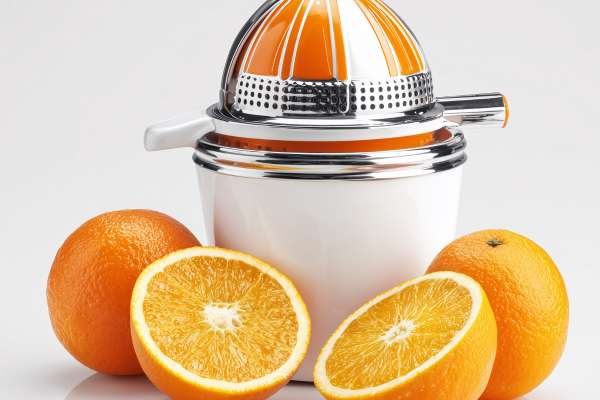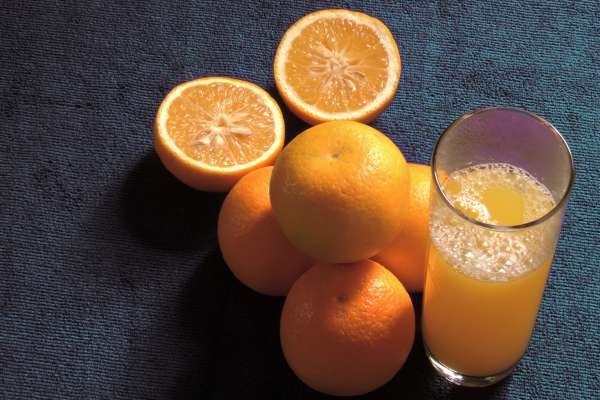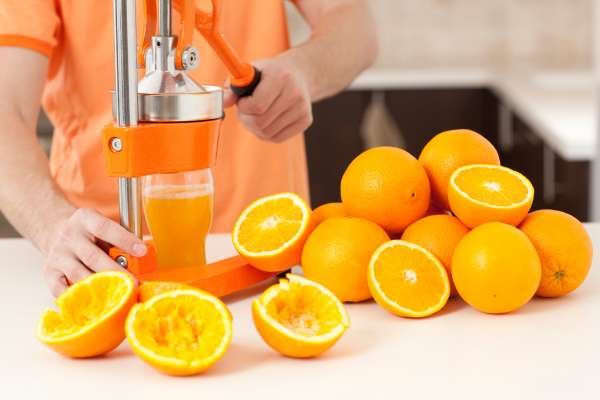A glass of fresh orange juice in the morning refreshes the body and boosts immunity. Compared to store-bought bottled juice, homemade juice is far more nutritious and flavorful. Did you know that learning how to juice oranges in a juicer makes the process much easier and allows you to enjoy fresh, healthy juice at home every day? In this guide, we’ll show you step by step how to choose the right oranges, use a juicer, and keep your juice fresh.
Why Make Fresh Orange Juice?

Many health-aware humans regularly wonder: Why to use a juicer? Why make clean orange juice? The truth is that fresh juice made at domestic is more healthy, tastier, and extra beneficial than any store-sold opportunity. A juicer permits you to extract the most vitamins, minerals, and antioxidants from oranges, supplying you with a nutrient-packed drink in mins. Unlike bottled juices which might be full of added sugar, preservatives, and synthetic flavoring, clean orange juice is completely natural and safe. It boosts your immune device, improves digestion, hydrates the body, or even enhances pores and skin health. With a juicer, you also shop time even as making sure constant quality and smooth texture in every glass. Making your personal orange juice places you on top of things of freshness and flavor. So, in case you’re seeking out a easy manner to revel in better fitness and energy each day, making an investment in a juicer for clean orange juice is the perfect choice.
Step by Step
Step 1: Choose the Right Oranges

The taste and nutrition of your juice depend largely on the quality of the oranges. Choosing the right ones is the first and most important step.
How to pick good oranges:
- Check weight and firmness: Oranges should feel heavy for their size. Slightly soft to the touch indicates they are juicy.
- Inspect the peel: Look for bright, smooth skin. Avoid oranges with cracks, bruises, or blemishes.
- Seedless options: Seedless varieties like Navel oranges are easier to juice.
- Smell: Fresh oranges should have a fragrant, sweet aroma.
Best orange varieties for juicing:
- Valencia: Sweet and very juicy.
- Navel: Seedless and easy to peel.
- Blood Orange: Red-colored, slightly tangy and sweet.
- Mandarin/Clementine: Small, sweet, and juicy.
Tip
Mixing different types of oranges can enhance flavor and richness.
Step 2: Wash and Prepare the Oranges

Before juicing, it’s essential to wash the oranges thoroughly to remove dirt, chemicals, or bacteria.
Washing Steps:
- Rinse the oranges under clean, running water.
- If the peel is waxy or shiny, gently scrub with a soft brush.
- After rinsing, dry the oranges with a clean towel.
Preparation:
- Cut the oranges in half or into quarters for easier juicing.
- If your juicer cannot handle peels, remove the peel.
- For larger oranges, cut them into smaller pieces to prevent clogging.
Tip
Cold oranges yield less juice. Let them sit at room temperature for a few minutes to extract more juice.
Step 3: Set Up Your Juicer

Before you start juicing, proper setup ensures smooth operation and prevents mess.
Setting Up the Juicer:
- Clean all parts: Make sure all removable parts are washed and dried.
- Assemble correctly: Attach the pulp container, juice jug, and any filters according to the manufacturer’s instructions.
- Place on a flat surface: Ensure the juicer is stable to avoid spills.
- Check settings: If your juicer has pulp or speed settings, adjust them based on your preference.
Tip
A well-assembled and stable juicer extracts juice more efficiently and reduces the risk of clogging or accidents.
Step 4: Juicing the Oranges

Now comes the fun part—extracting fresh orange juice!
Juicing Steps:
- Turn on your juicer.
- Slowly feed the orange pieces into the chute.
- Gently press with the pusher. Avoid forcing the fruit, as it can clog the juicer.
- Let the juice collect in the container gradually.
Tips:
- If your juicer has pulp settings, adjust to get either smooth or pulpy juice.
- Feed large pieces slowly to prevent clogging.
- Be patient while juicing for the best results.
Extra Ideas:
- Mix different types of oranges for a richer flavor.
- Serve with ice or a few mint leaves for added freshness.
Step 5: Strain the Juice (Optional)

You prefer completely smooth orange juice without pulp, straining is a simple solution.
How to Strain:
- Place a fine mesh strainer or cheesecloth over a clean container.
- Pour the freshly extracted juice slowly through the strainer.
- Use a spoon or spatula to gently press the pulp and extract more liquid.
Tips:
- Straining is optional. If you enjoy fiber, you can skip this step.
- Strained juice has a smoother texture and is ideal for recipes or serving to children.
Step 6: Serve and Store

Fresh orange juice tastes best and retains the most nutrients when consumed immediately.
Serving Ideas:
- Serve chilled with ice for a refreshing drink.
- Add a few mint leaves for extra freshness.
- Mix with other fruits like carrot, apple, or pineapple for a unique flavor.
Storage Tips:
- Store the juice in a glass jar with a tight lid.
- Refrigerate immediately.
- Consume within 24–48 hours for the best taste and nutrition.
Tip
Fresh juice loses flavor and vitamin content if stored for too long, so enjoy it as soon as possible.
Step 7: Clean the Juicer

Cleaning your juicer immediately after use keeps it hygienic and prolongs its life.
Cleaning Steps:
- Turn off and unplug the juicer.
- Disassemble all removable parts, including pulp containers and filters.
Rinse each part under warm running water. - Use a soft brush to scrub the mesh filter and any small crevices.
- Dry all parts completely before reassembling.
Tip
Prompt cleaning prevents pulp from sticking and reduces unpleasant odors, ensuring your juicer works efficiently every time.
Common Mistakes to Avoid

Even though juicing oranges is simple, beginners often make small mistakes. Avoiding these ensures better taste and nutrition:
- Juicing thick-skinned oranges with peel: Some juicers cannot handle peel well, which can make the juice bitter.
- Overloading the chute: Feeding too many oranges at once can clog the juicer.
- Waiting too long to drink: Fresh juice loses nutrients and flavor if left out.
- Skipping cleaning: Old pulp can cause unpleasant odors and reduce the juicer’s lifespan.
Extra Tips

- Let cold oranges sit at room temperature for a few minutes to extract more juice.
- Mix different types of oranges for a richer, balanced flavor.
- A pinch of salt can naturally enhance the taste.
- Experiment by adding ginger, pineapple, or other fruits for unique juice blends.
FAQs About Juicing Oranges
1. Do I need to peel oranges before using a juicer?
It depends on the machine. Most centrifugal and masticating juicers work best with peeled oranges to avoid bitterness from the peel oils.
2. Can I juice oranges with seeds?
Yes, most juicers can handle seeds, but removing them reduces bitterness.
3. How long does fresh orange juice last?
In the refrigerator, it stays fresh for about 24–48 hours. Beyond that, taste and nutrition decline.
4. Can I freeze orange juice?
Yes, freeze in ice cube trays or jars. Use within 3–4 months for the best flavor.
5. Which juicer is best for oranges?
A masticating juicer preserves nutrients better, but a centrifugal juicer is faster for everyday use.
Conclusion
Now you know how to juice oranges in a juicer. By selecting the right oranges, washing them properly, setting up your juicer, and following the steps carefully, you can enjoy fresh, healthy juice at home every day.
Homemade orange juice is not only delicious but also highly nutritious. It boosts immunity, keeps the body refreshed, and provides natural energy for your mornings. Compared to store-bought bottled juice, it’s far healthier and fresher.
Start with a few oranges today and enjoy the taste of freshly made juice from the comfort of your home!

